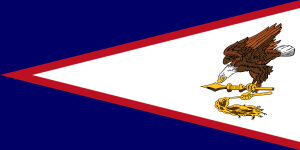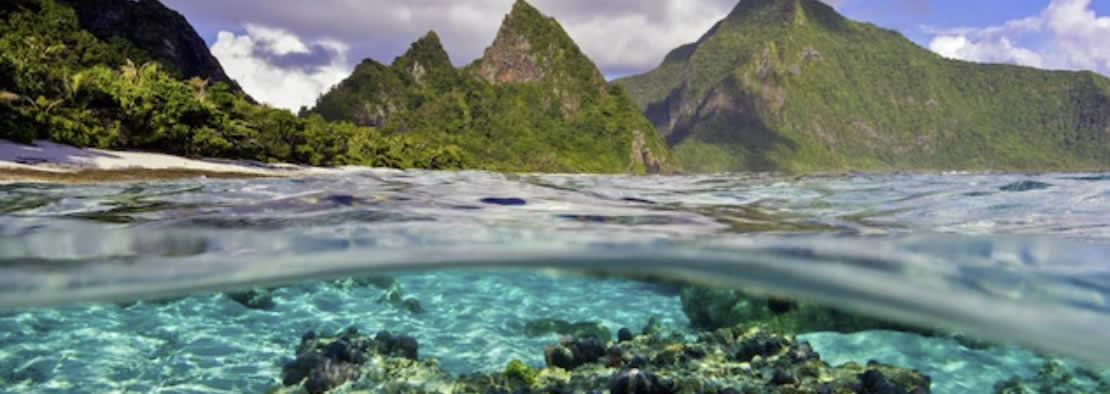Language/Samoan/Culture/American-Samoa-Timeline
American Samoa Timeline[edit | edit source]
American Samoa was founded by immigrants from Melanesia in the first millennium BC. The islands of Samoa were visited in 1768 by the French explorer Louis-Antoine de Bougainville who named them the Îles des navigateurs as a tribute to the skill of his native country, the boatmen. In 1889, the United States, the United Kingdom, and Germany agreed to share control of the islands. The United Kingdom subsequently withdrew its claim, and under the 1899 Treaty of Berlin, the United States was recognized internationally for which rights extending across all the islands of the Samoa group extending east of 171 ° W, while Germany had recognized that similar rights to the islands west of said meridian. The islands of American Samoa were officially ceded to the United States by different ruling chiefs in 1900 and 1904, and on February 20, 1929 the US Congress formally accepted sovereignty over the entire group. From 1900 to 1951, the territory was administered by the US Department of the Navy, and later by the Department of the Interior. The basic law is the 1966 Constitution.
The executive branch of government is headed by a governor who, along with the lieutenant governor, is elected by popular vote; prior to 1977, the two positions were appointed by the US government. Town, county, and councils District officials have full authority to regulate local affairs.
The legislative branch (Fono) is made up of the House of Representatives and the Senate. The 15 counties elect 18 matais (chiefs) for four years in the Senate, while the 20 members of the House are elected for two years by popular vote within the counties. (Not a designated member of Swains Island.) Samoa's secretary for affairs, who heads the Department of Local Government, is appointed by the governor. Under his administration three district governors, county chiefs, local mayors and police officers. The judiciary, an independent branch of government, functions through the high court and five district courts. Samoans living on the islands as of April 17, 1900 or born there since that date are nationals of the United States.
The economy is primarily agricultural. Small plantations occupy about a third of the earth's surface, 90% of the land is communally owned. The main crops are banana, breadfruit, taro, papaya, pineapple, sweet potato, cassava, coffee, cocoa, and yams. Pigs and poultry are the main issues raised cattle, dairy cattle are few. The main crop is copra. One third of the total workforce is employed by the federal and territorial government. The largest employers in the private sector, with more than 15% of the workforce, two modern tuna canneries supplied the fish caught by the Japanese, US, and Taiwan fishing fleets. Between 80% and 90% of foreign trade is carried out with the United States.
Source[edit | edit source]
World Timelines[edit source]
Other Lessons[edit | edit source]


